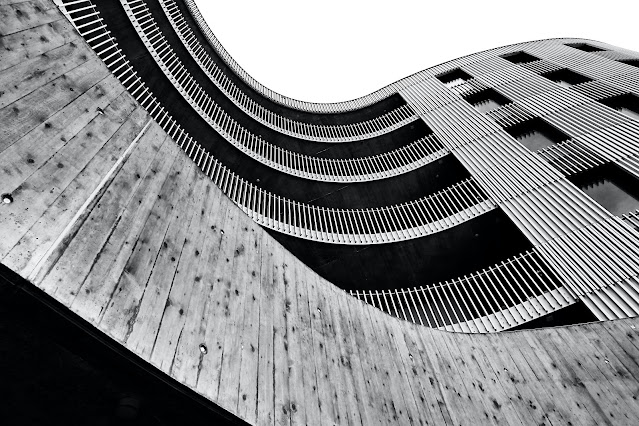In recent years, the concept of prefabrication in house building has gained significant attention. Prefabrication involves assembling building components in a factory and transporting them to the construction site for final assembly. While this practice may seem like a recent innovation, its roots date back to ancient civilizations like the Romans, who transported pre-cut architectural elements to distant colonies for assembly.
The Industrial Revolution brought new technological advances that revitalized prefabrication, and modernist architects of the 20th century embraced the idea of prefabricated housing. However, the history of architect-designed prefabricated houses is marked by commercial and industrial failures. Architects excelled at designing prototypes but struggled with volume production.
Successful mass-produced houses, such as American mobile homes, were excluded from architectural history. The traditional architectural practice focused on individual clients and specific sites, while the impersonal nature of mass-produced housing required adaptability to various locations.
Prefabrication challenges the traditional values of architecture but cannot be ignored. The demand for millions of affordable homes and the pressure to enhance efficiency and sustainability drive the need for change. The architecture industry must learn from sectors it has traditionally shunned, such as pattern-book houses, modular hotels, Portakabins, and park homes.
Volumetric housing, exemplified by companies like Terrapin, offers a solution. Responding to the government's push for alternative production methods, Terrapin specializes in prefabricated housing through off-site construction techniques. With 60 years of experience, they provide modular buildings that come with numerous advantages.
Key advantages of prefabricated offsite construction include:
- Preparation of a prototype.
- Site preparation concurrent with factory construction.
- Pre-engineered buildings, minimizing waste.
- Enhanced sound and thermal insulation.
- Clean, controlled factory environment.
- Cost-effectiveness through mass production.
- Reduced construction time and predictable quality.
The future of volumetric housing holds possibilities for further cost reduction and innovative options like factory-fitted external cladding. Research and development efforts are essential to improve these construction methods.
In a changing architectural landscape, there are no easy answers, but the right questions must be asked. Whether you're an architect, architectural student, or connected to the building industry, it's crucial to stay informed and engaged with these evolving construction methods. Tomorrow's vacation homes may be built with the innovative solutions offered by companies like Terrapin, offering exciting possibilities for the future.
And if you're planning your next investment in a modern Jamaica Home, don't forget to explore Jamaica Homes, where you can find a wide range of real estate properties that cater to your preferences and desires.

